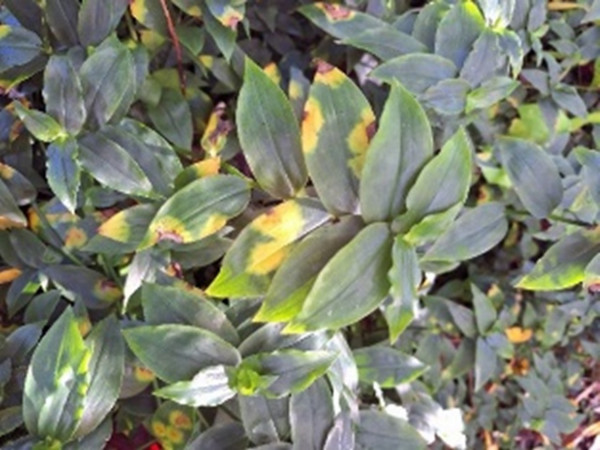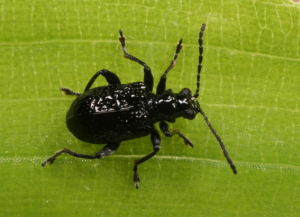There have been some promising results from recent biocontrol work taking place in our region, where some fast-moving fungi and hungry beetles have combined to snuff out a pest named ‘wandering willie’.
Tradescantia, also known as wandering willie, is an invasive weed from Brazil and northern Argentina that has become a significant ecological threat in New Zealand. It spreads aggressively, forming dense mats on the forest floor that smother native vegetation and prevent the germination of native seeds.
Unlike in its native habitat, all Tradescantia plants in New Zealand are male and do not produce seeds. However, they readily propagate vegetatively – that is each node along a stem can take root, allowing the plant to establish new growth with ease.
Recognising the threat posed by this invasive species, we launched a biocontrol program in 2015 to introduce natural enemies that specifically target Tradescantia. Three species of host-specific beetles – each feeding exclusively on Tradescantia – were released at infestation sites across Tasman and Nelson to curb its spread.
Building on this effort, another biocontrol agent was introduced in 2019. Initially released in a Nelson reserve, the fungus has since been introduced to sites in Richmond, Golden Bay, and Māpua. The results have been very promising, as the fungus has been detected on Tradescantia plants several kilometres away from the original release sites, demonstrating its strong natural dispersal capability.
Although Tradescantia is a fast-growing pest plant, the combined efforts of the beetles and the fungus are significantly weakening its vitality in sites where all four agents have been released.
As these biocontrol agents take hold, they reduce the plant’s dominance, creating light gaps where native seedlings can begin to establish once more. This marks a hopeful step toward restoring balance in affected ecosystems.


